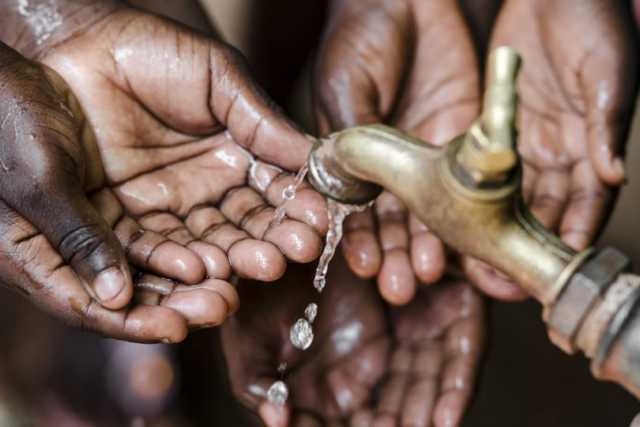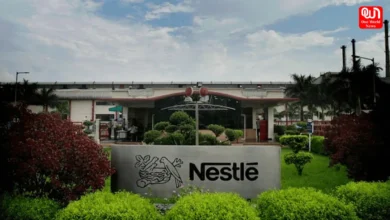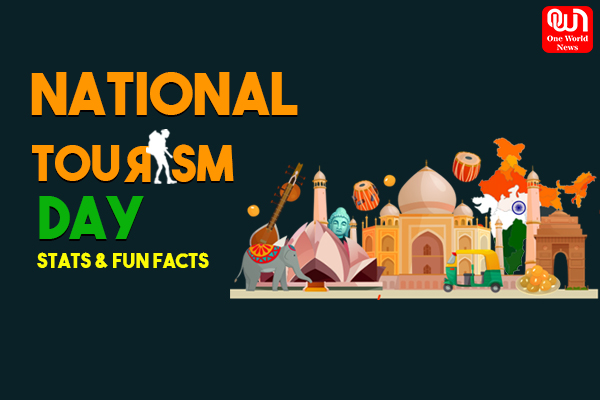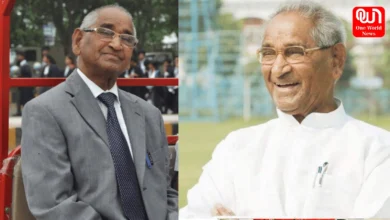
Last year Chennai suffered: Knock Knock, Do you remember? Keep the pictures in mind that went viral last year before wasting water
Hand-washing and practising social distance are amongst the two vital weapons against the coronavirus pandemic. The government of India like other governments of different countries has asked the people of the country to keep washing their hands with soaps as often as they can. During the initial outbreak of COVID 19, sanitizers at most places became out of stock in no time. Prices were also soaring . In India, neither is there enough sanitizers nor everyone is rich enough to afford sanitizers. This ends up the majority of people in India to depend on soap and water to wash their hands.
A proper hand wash involves soap or liquid hand-wash and scrubbing of hands on both sides for 20 seconds, as per the WHO guidelines.
How much water is required for one person to wash hands?
A 30 to 40 second-hand wash could use up around 4 litres of water if the tap is on, or 2 litres when the tap is off. If we assume that everyone cleans their hands at least 10 litres a day, instead of usual 5 times a day, it will take at least 20 to 40 litres of water for one person every day. Thus, if a family has 4 to 5 individuals, they will need 100 to 100 litres every day just to wash hands.
This would result in the wastage of around 200 litres of wastewater once a day. This is a 20 to 25 per cent increase in the generation of water waste from human activities and thus an increase in water demand of the up to 20 to 25 per cent.
India is already struggling with a lack of drinkable water. Last year Chennai, India’s sixth-largest city, ran out of water during the drought. The NITI Aayog’s report on the country’s ongoing water crisis said that 82 per cent of rural households which account to 146 million homes in all do not have piped running water.
Read more: 10 heart breaking images of COVID 19 from all across the globe
Key problems for India?
The problem for India isn’t just a lack of infrastructure. A World Bank report says that more than half of India’s districts are threatened by groundwater depletion or contamination. This year, even before the summer arrived almost 33 per cent of India’s geographical area is experiencing droughts or drought-like conditions. People in affected areas depend on government water-tank trucks to deliver about 20 to 25 litres of water for each person. This is only enough for the people in rural areas to just wash their hands to save themselves from COVID-19.
In 2017, the Ministry of Water Resources (now it is merged into the Jal Shakti ministry 2019) in a written reply in Lok Sabha said that average annual per capita water availability fell to 1545 cubic meters in 2011 from 1820 cubic meters assessed in 2001, and it could further fell to 1341 and 1140 in the years 2025 and 2050 respectively.
Clearly, India has a big challenge in maintaining its water reserve amid the global pandemic. The government should encourage people to reduce the amount of water that comes out of a tap per minute. Good hygiene to defeat COVID-19 and water-saving go hand in hand.
The government is spreading awareness to be water-efficient by closing taps during scrubbing hands or using taps with sensors that automatically turn off when one’s hands are not under the tap. The question is? Are they doing enough to reach the massive population, especially the rural areas?
Have a news story, an interesting write-up or simply a suggestion? Write to us at info@oneworldnews.com








